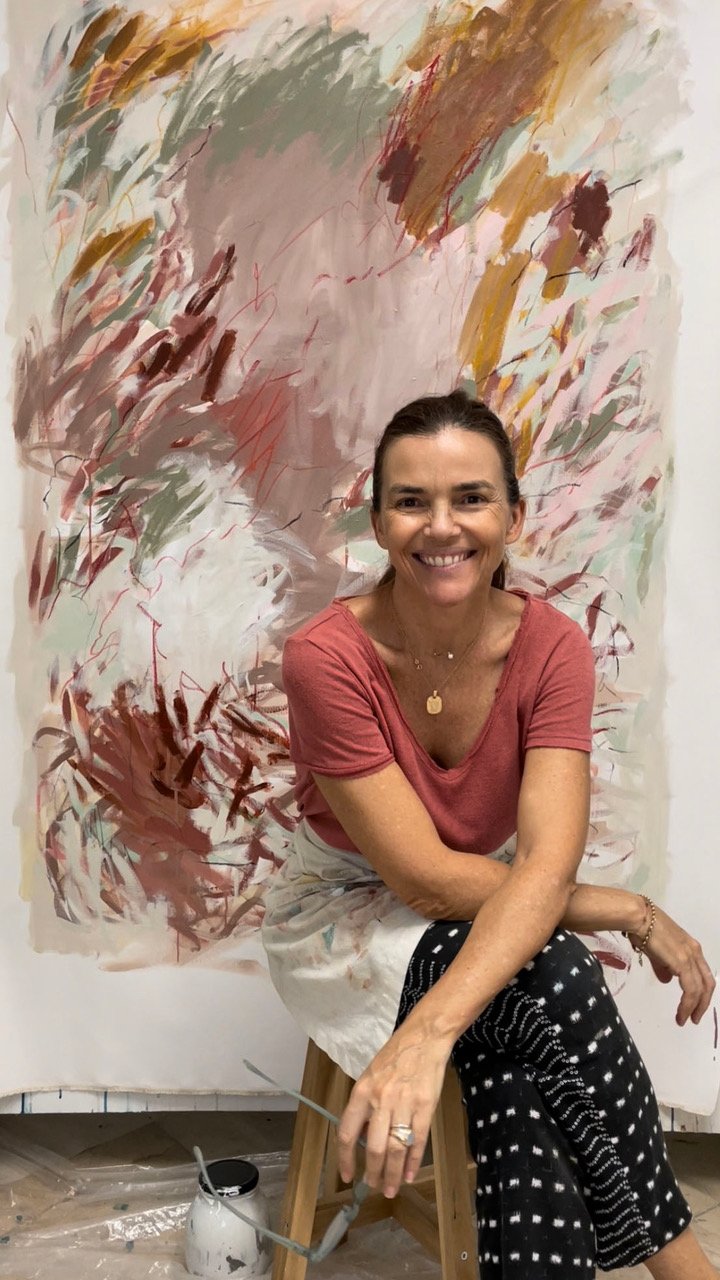TWISTED STRANDS - VOICES WITH COMMON THREADS.
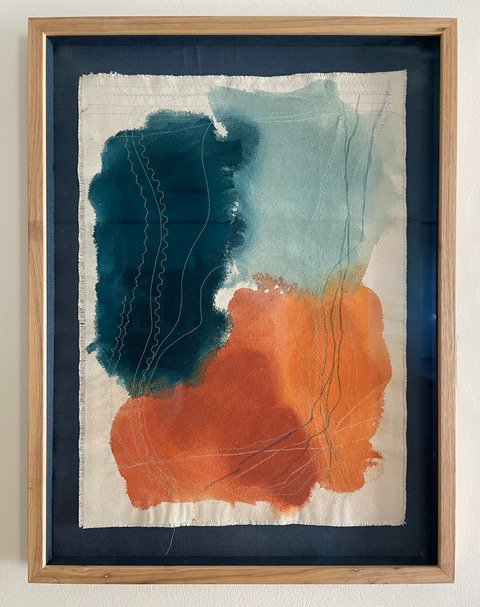
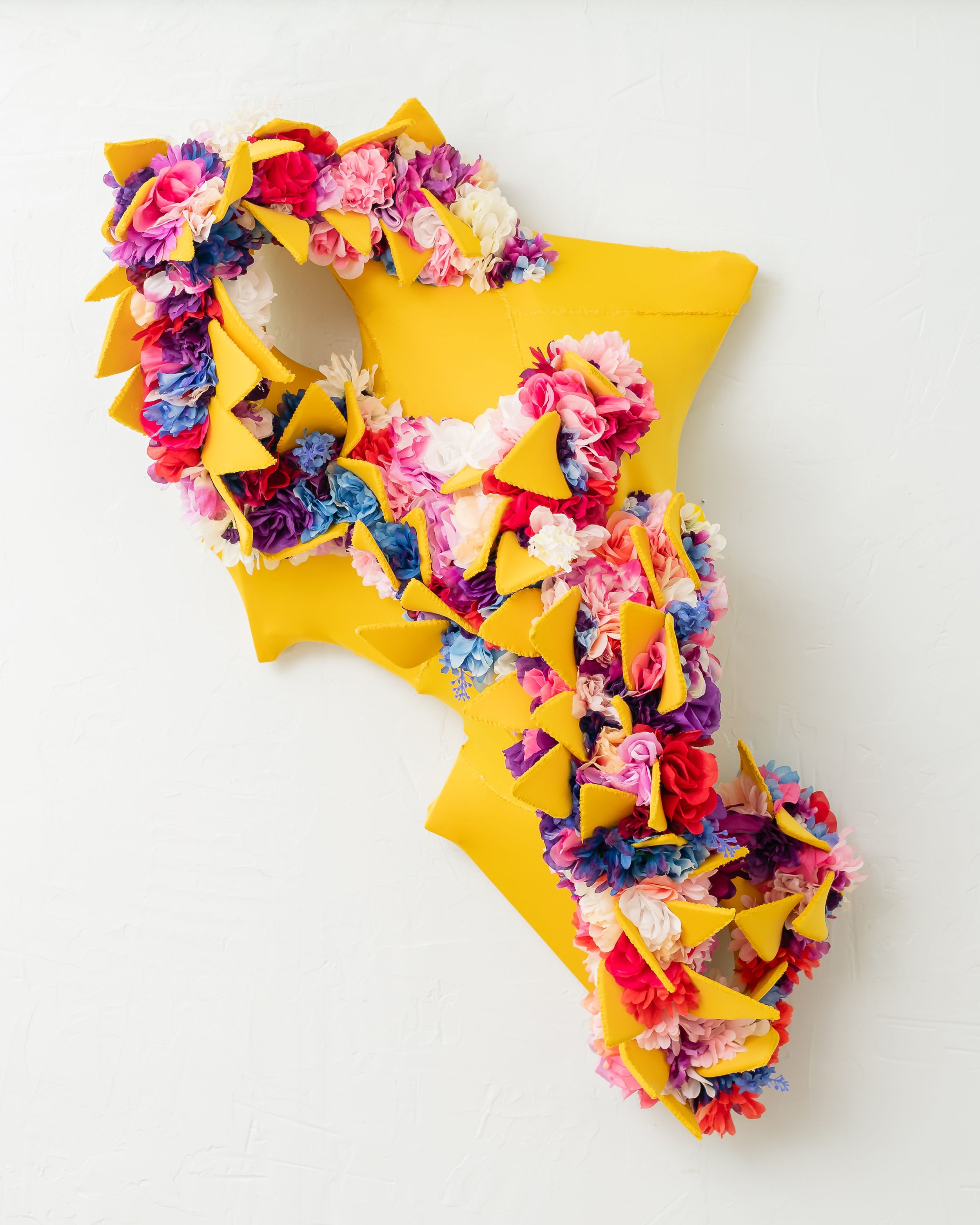

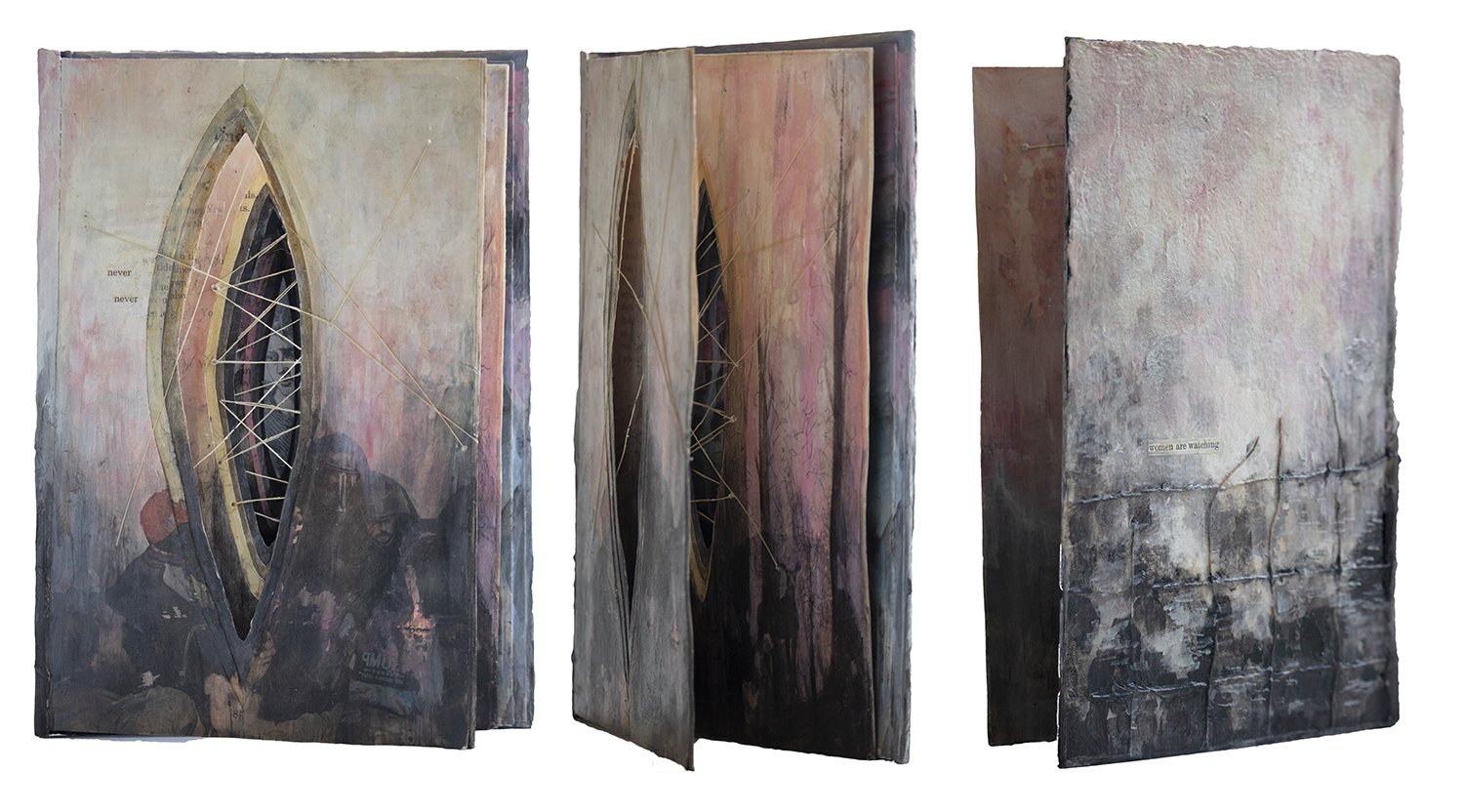
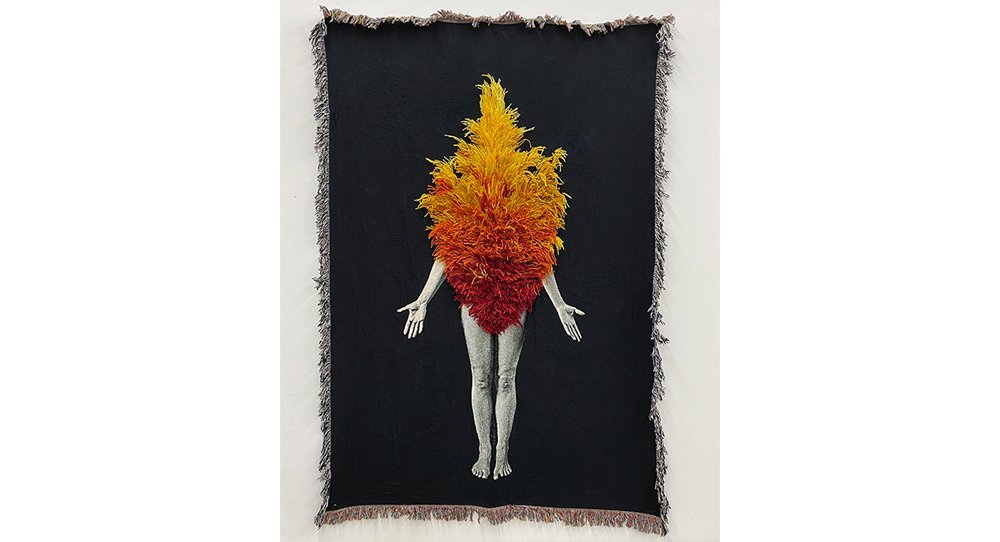
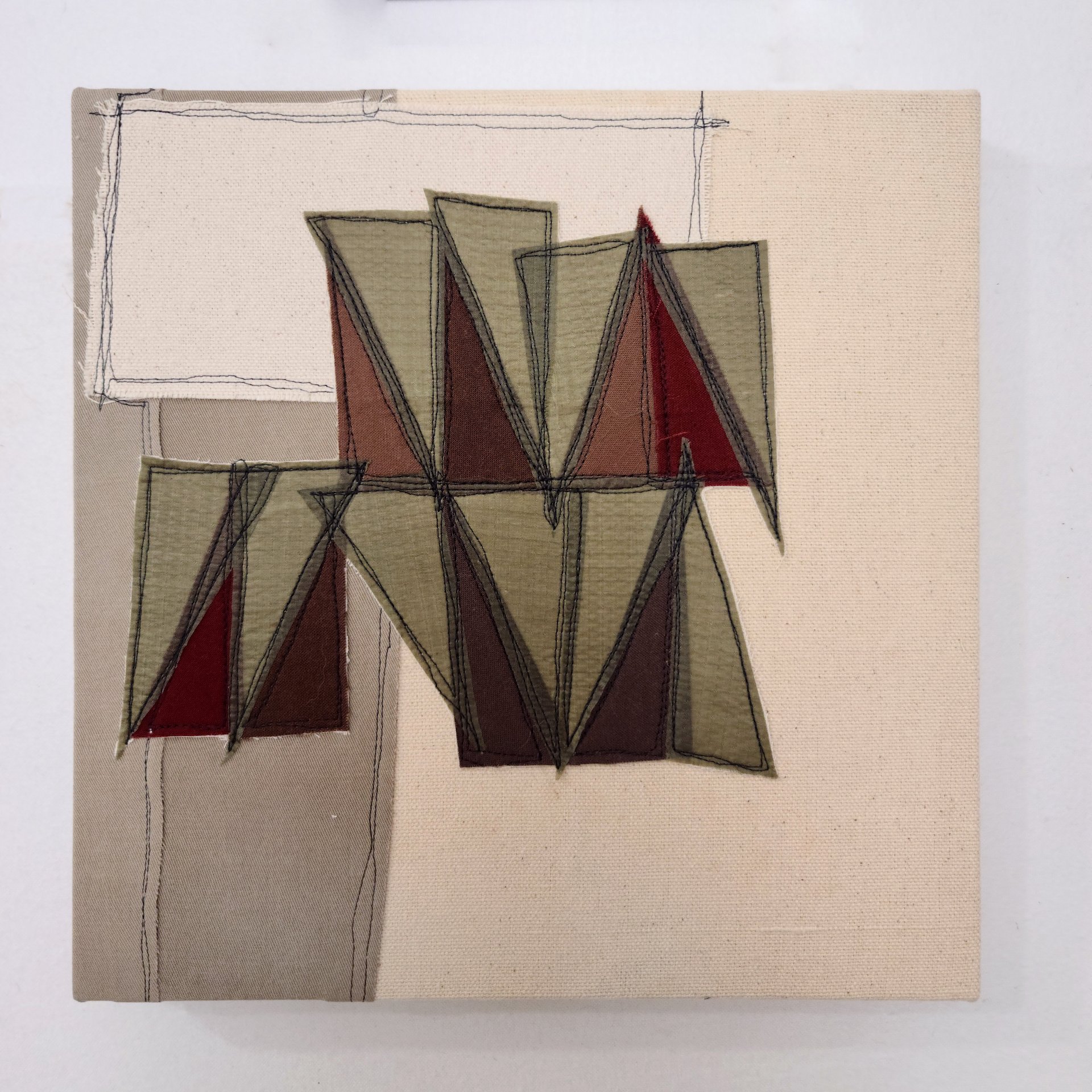
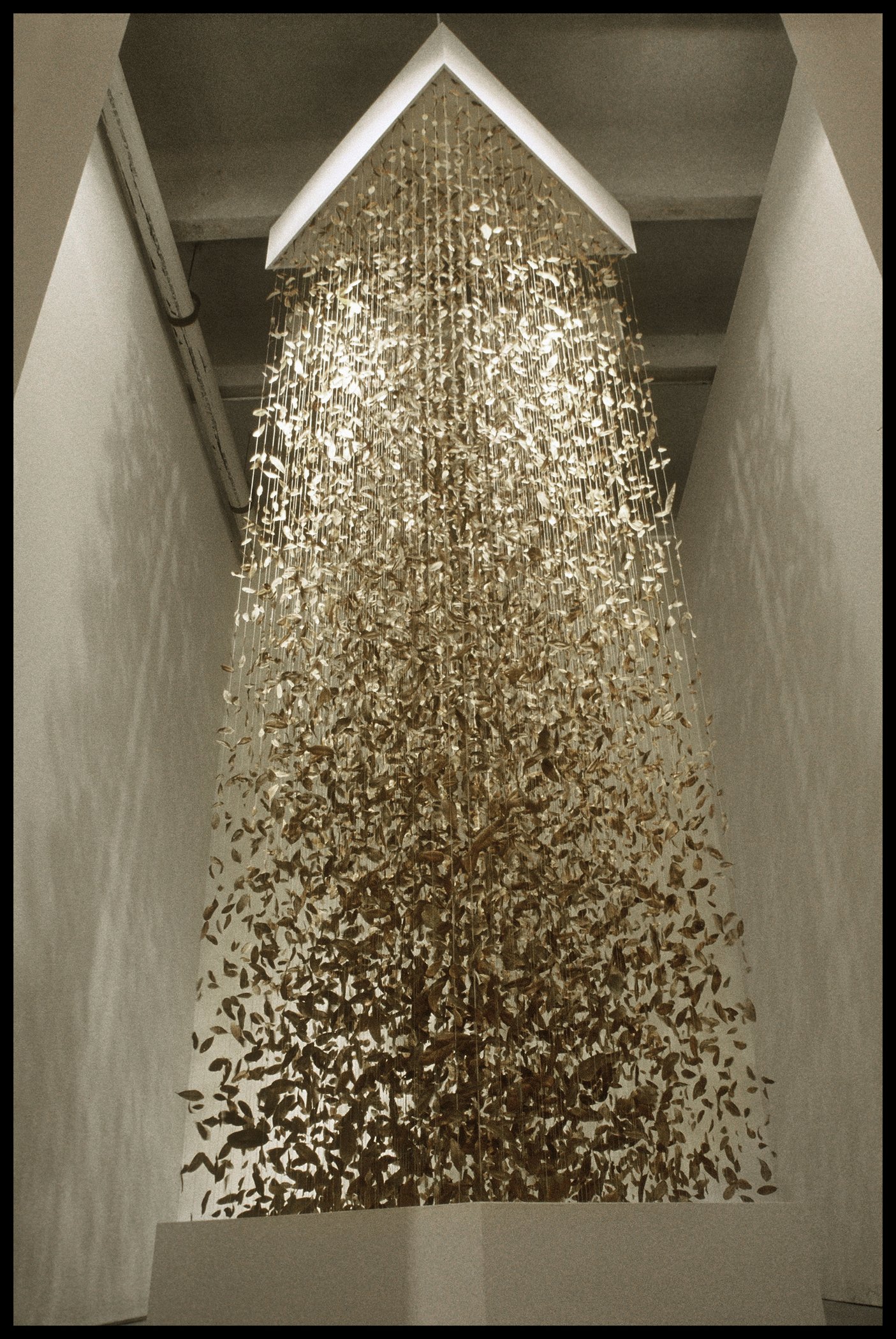
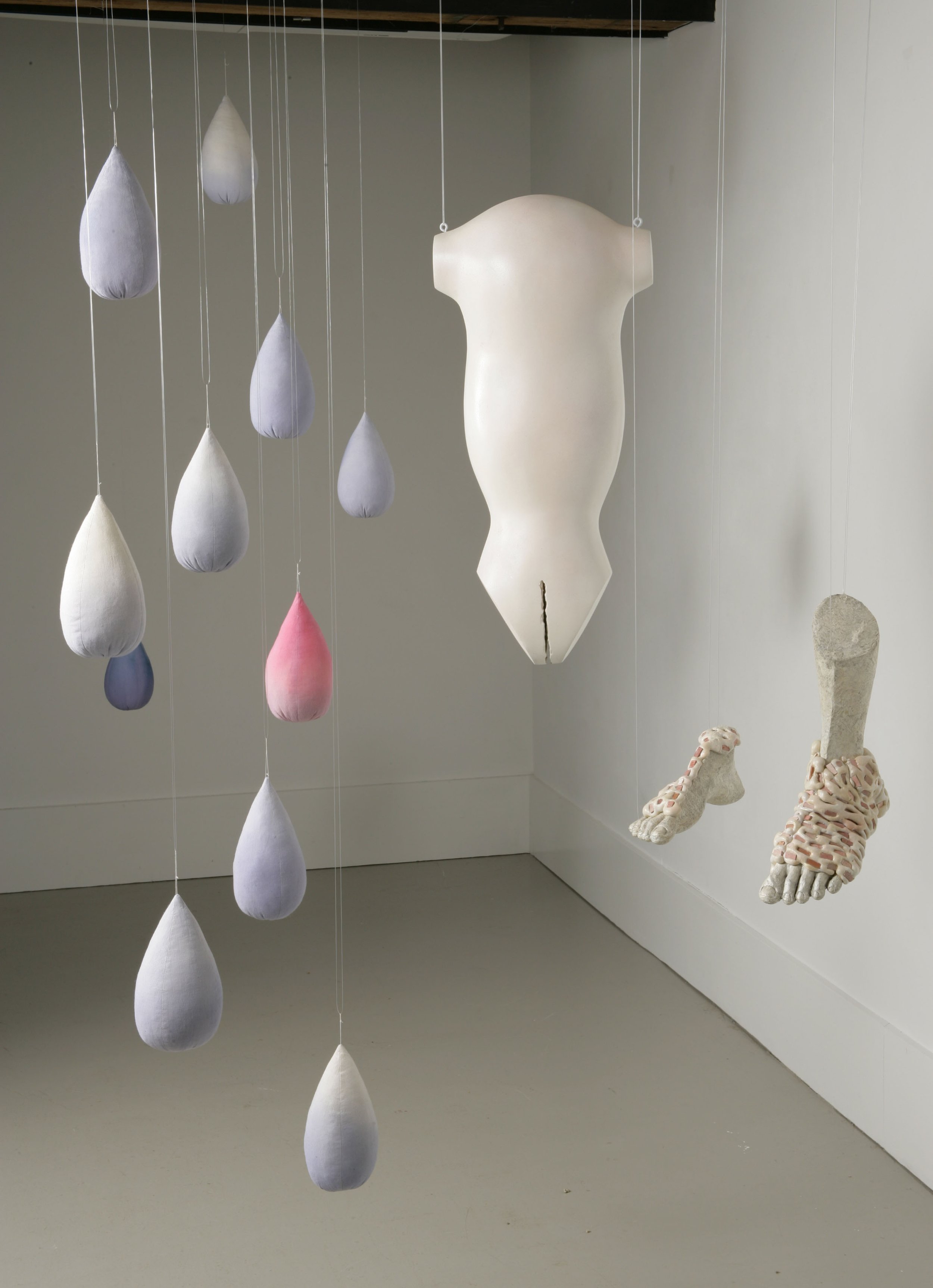
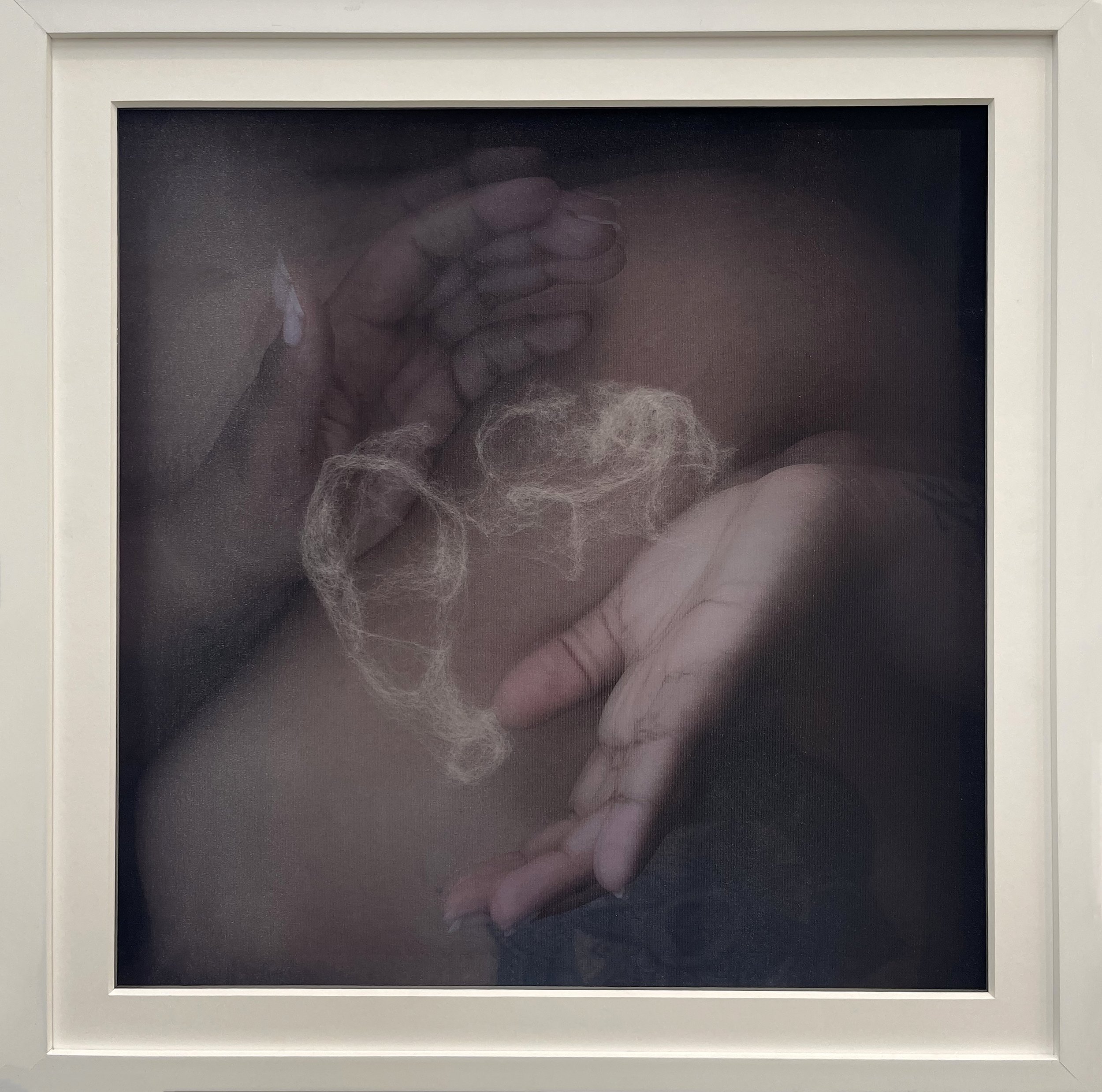
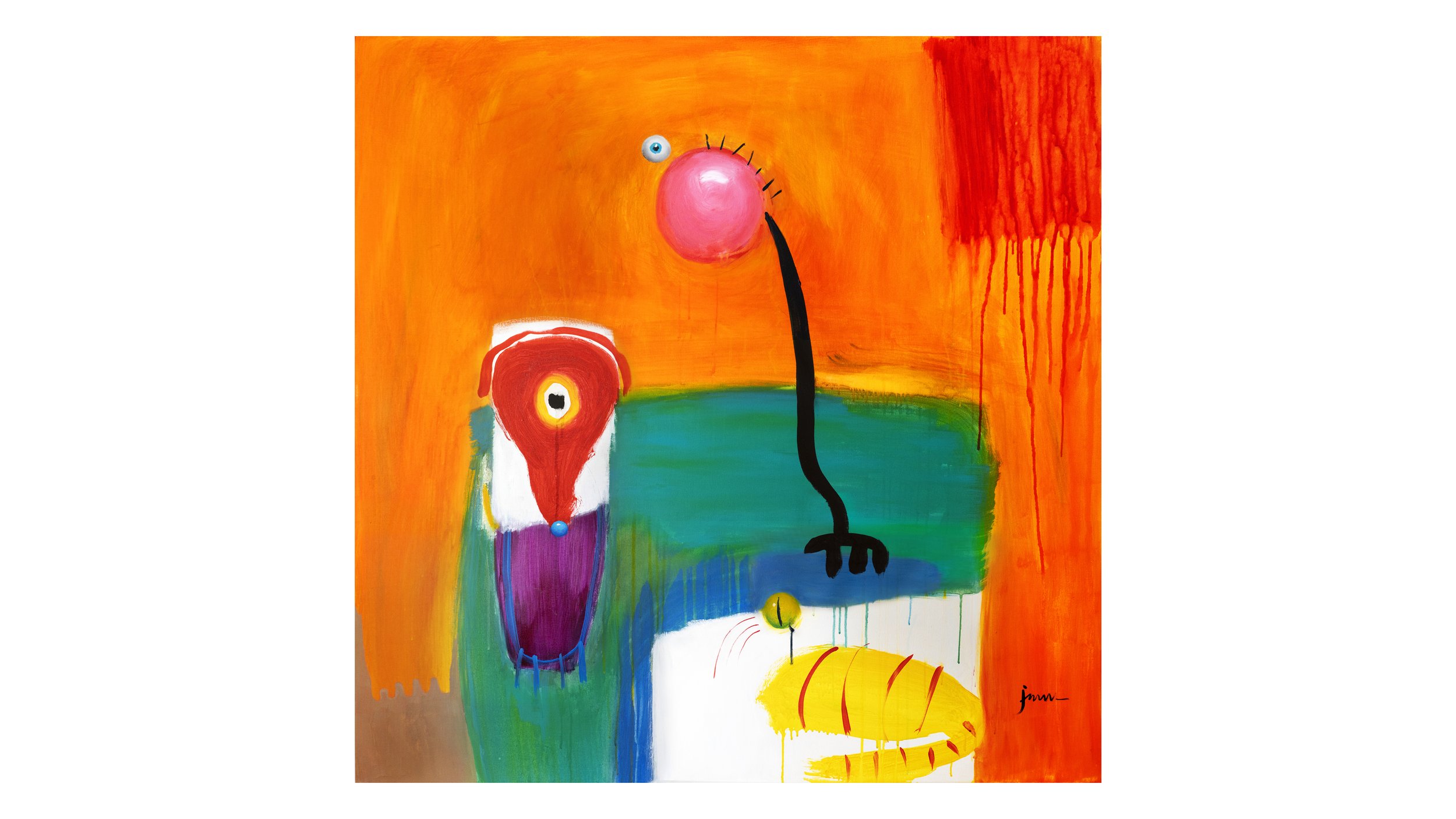
TWISTED STRANDS - VOICES WITH COMMON THREADS
Curator: Charo Oquet
Participating Artists: Patricia L. Cooke |Marina Font | Amy Gelb | Anna Goracsko | Jeanne Jaffe | Regina Jestrow | Mary Larsen | Laura Marsh | Janet Mueller | Charo Oquet | Veronica Pasman | Karen Rifas | Jonathan Rockford | Lisa Rockford | Nicholas Waquespack |
Contemporary art has evolved beyond traditional categories, as we see a growing number of artists incorporating fiber and textile into their works. The use of unconventional materials has caused a shift in the art world, blurring the lines between design, craft and fine art. With this exhibition featuring Miami artists, we aim to explore this intersection and showcase the vital role that materiality plays in the creation of meaningful works of art. By highlighting the innovative use of fiber and textiles within contemporary art practices, we hope to challenge perceptions of what constitutes 'high art' and encourage a more inclusive view of artistic expression.
In the contemporary art world, there are no limits as to what constitutes as art. While fabric and textile may be considered one of the oldest mediums, their relevance still prevails today. The ability to combine various materials to create something new and unique is a fundamental characteristic of contemporary art. With this in mind, it becomes clear that an artwork's form and matter - its materiality - play a crucial role in creating meaning for the viewer. In today's society, we recognize that an artwork's purpose, context, and expression are not just a result of its subject matter, but also its physical composition. By showcasing Miami artists who use fiber and textile art to analyze the impact of unconventional materials on contemporary art practices, we aim to emphasize the significant role that materiality has in creating a meaningful dialogue between the artist and the viewer.
Fashion has been subject to misinterpretation and misrepresentation as a shallow industry, primarily focused on garments. However, it has now become apparent that fashion is a tool for empowerment. Women, in particular, can use fashion to make themselves visible, command attention, and convey their message through their attire.
Artists in financially deprived areas have developed the ability to utilize the resources available in their surroundings to create works of art. They often repurpose materials that would otherwise be discarded or recycled.
The focus of fabric fiber art has evolved beyond the physical matter and now encompasses the process and materiality. This includes aspects related to the work's physical existence, history, and condition, as well as the artist's personal history and cultural relevance of the materials used. Material art, a term often used today, emphasizes the specific materials used to create and the resulting image or style. Artists have experimented with various media to achieve this objective. Our exhibition features eight artists who have mastered the use of materiality to create enchanting and captivating works of art.
When contemplating a work of art, it's essential to consider the materiality that brings it to life. Objects made from materials are rich with symbolic contexts, values, and meanings. They carry with them various interpretations and sensory experiences. Our exhibition centers on the practice of Miami artists who specialize in fiber and textile art. Their work focuses on reinterpreting the historical, social, and political contexts of these materials. Textiles are often overlooked when it comes to art. However, observations of the creative world have shown that the overlap between design, craft, and art is becoming increasingly prevalent.
PARTICIPATING ARTISTS
Patricia L. Cooke
Patricia L. Cooke was born and raised in Greensboro, North Carolina. She earned her BFA in 2011 from Appalachian State University in Boone, North Carolina. In 2015, Cooke was awarded a Graduate Teaching Assistant Scholarship from the University of Miami in Coral Gables, Florida where she earned her MFA in Sculpture in 2018. Cooke currently holds the position of Lecturer in Sculpture at the University of Miami. Cooke lives and works in North Miami Beach, Florida with her loving partner Wade and two cats.
Marina Font
Marina Font was born in Argentina in 1970. She studied design at the Martin Malharro School of Visual Arts, Mar del Plata, Argentina. In the summer of 1998 she studied Photography at the Speos Ecole de la Photographie, Paris. She earned a MFA in Photography from Barry University, Miami in 2009. Since then she has exhibited extensively at galleries, museums and cultural institution in the US and abroad.
Anna Goracsko
Anna Goraczko is a mixed media artist, born in Miami, Florida, who lives and works in Miami, Florida. Goraczko received a BFA in Art in 2008 and an MFA in Visual Arts in 2020 from Florida International University. Using found objects, photography, and materials from her family’s archive, she employs cyanotypes to document a visual association between physical objects and the visual memory that might distort or abstract them. The combination of images, text, and patterns illuminate a connection between different timelines, expanding upon themes of place, memory, and spirituality.
Mary Larsen
Naomi uses her artistic practice to reflect on her family’s experiences and the women who preceded her. Her work is rooted in the aesthetics of domesticana, and focuses on generational expressions of resilience, survival, and care.
Janet Mueller
Originally from Champaign, Illinois, Janet Margaret Mueller lives and works in Miami Beach, Florida. Mueller received a Bachelor of Science in Marketing, College of Commerce, from the University of Illinois (1975). Janet studied graphic arts and painting techniques (watercolor, acrylic and oil, gouache with an airbrush) from classes, artists, and books. She learned to sew in grade school and has incorporated fabric sculpture and textile painting into her work.
Veronica Pasman
Verónica Pasman (b.1974) was born in Argentina and is now based in Miami, Fl. She received her degree in Graphic Design in Universidad de Palermo, Buenos Aires (1994). Her career meandered through different design fields..
Jonathan Rockford
Early foundations in fine-woodworking and pottery were Jonathan’s foray into art making. Working night shifts on loading docks and as a janitor for over a decade, while gradually pursuing his undergraduate studies, also significantly influenced his artistic interests.
Jonathan holds advanced degrees in the arts from the School of the Art Institute of Chicago and the University of Miami, and his artwork has been featured at the Torrance Art Museum; the Frost Art Museum; the Union League of Chicago; Art Monaco; Scope - Basel, Miami & New York; and in ArtPulse Magazine.
Nicholas Waquespack
My name is Nicholas Waguespack. I am a recent graduate of Nova Southeastern Univeristy, I recieved a BA in Art + Design with a concentration in studio art and a double minor in graphic design and business. I will be attending the School of the Art Institute of
Chicago this upcoming August to pursue a Masters of Fine Arts in Printmedia. Processing the metaphorical and literal battles of my life, my artwork focuses on expressing myself and learning who I am as an individual.
Amy Gelb
Amy Gelb was born in New York City in 1969. She studied theater at Tisch School of the Arts at New York University and in 1991 she earned a BFA in Acting. She went on to earn an MSW in Clinical Social Work from NYU in 1994. Gelb is a multidisciplinary artist working in photography, fiber, textile, and installation.
Her work investigates issues involving gender, time, layers, social interactions, and science.
Gelb works in her studio at The Collective 62 in Liberty City.
Jeanne Jaffe
Jeanne Jaffe is a multidisciplinary artist working in installation, sculpture, and stop motion animation. Her work is influenced by an interest in language, literature, psychology, and history and explores how we construct identity, our world and our value systems.Ms. Jaffe is Professor Emeritus of Fine Arts at the University of the Arts in Philadelphia and has been a visiting artist each fall semester at Xian Academy of Fine Arts in Xian, China for the past five years.
Regina Jestrow
Regina Durante Jestrow (1978) is a New York-born, Miami-based visual artist, of Italian-American heritage. Her mother taught her how to sew when she was a child, and she has utilized these skills throughout her practice. When she moved to Miami in 1999, she gravitated towards quilting and crochet skills to cope with homesickness. Jestrow’s artwork explores her ongoing research of the connections between women's history, American quilt-making traditions, and geometric design. Jestrow’s exploration has led her to develop a body of work that includes art quilts, wearables, paintings, drawings, and sculptural installations.
Laura Marsh stand
Laura Marsh (b.1982 Binghamton, NY) lives and works in Miami, FL. She received her MFA from Yale University School of Art [Sculpture (2009)] and a BFA from the Cleveland Institute of Art [Painting (2006)]. Marsh is a textile artist who incorporates text about contemporary social and class issues. Her primary materials are fabric combined with that statements quoting well-known labor leaders, feminist icons, and her own poetic musings. . Marsh is represented by Dot Fiftyone Gallery in Miami.
Charo Oquet
Charo Oquet (Dominican Republic 1952), based in Miami, FL is an inter-disciplinary artist and art organizer her wide-reaching practice includes performance, installation, painting, video, printmaking, ceramic and photography. Her work has been exhibited at international venues.
Karen Rifas
Karen Rifas (Chicago, b. 1942) has shown nationally and internationally since the 1980s. She is the second recipient of The Michael Richards Award, presented by Oolite Arts. This award is given to Miami-based artists who have created a recognized body of original, high-quality work over a sustained period of time and who, through their practice, achieve the highest levels of professional distinction in the visual arts. In 2020, The Bass commissioned a series of banners by Rifas for their Art Outside initiative. Her work is represented in many public and private collections, including Museo de Arte de Ponce in Puerto Rico, The Bass, Fairchild Tropical Gardens, Oolite Arts, NSU Art Museum, Fort Lauderdale, FL, Museum of Contemporary Art North Miami, Miami-Dade Art in Public Places Trust, and Perez Art Museum Miami.
Lisa Rockford
Lisa Rockford (she/they), was raised in South Florida, and earned her BFA in Painting and BS in Art Therapy from Bowling Green State University, OH in 1999, and in 2001, earned a Master of Fine Arts from the School of the Art Institute of Chicago, IL. Since returning to South Florida in 2007, Lisa has established herself as an artist, curator, and educator.






